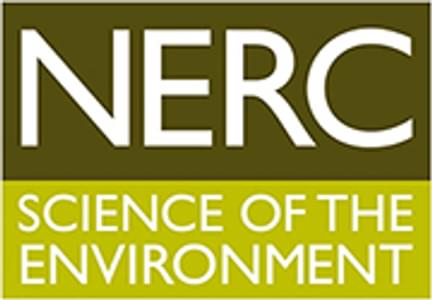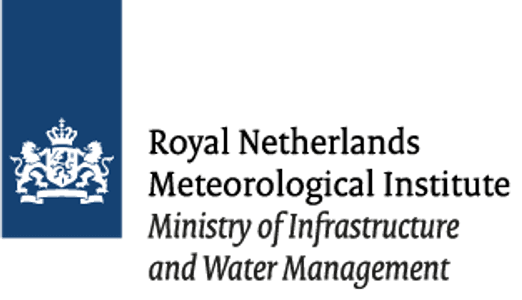Climate and Energy
Geography | Ages 14-16
HIWAVES Climate and Energy unit is a series of eight lessons for students aged 14-16. Students are introduced to topics such as the atmospheric circulation model, climate modelling, energy production, and energy demands both present and future.
Co-created with academics, industry experts and educators each lesson invites students to explore topics relating to climate and energy using authentic research, case studies and data. Students are encouraged to think holistically about the connection between weather and energy use, comparing renewable and non-renewable sources, and forming their own opinions based on the real-world data.
The unit provides a robust understanding of the latest findings promoting climate literacy, while being curriculum-aligned to GCSE exam body specifications, equipping students with the knowledge and skills to tackle challenges of the future.
Part of:
Climate and Energy HIWAVESThis lesson is an introduction to air pressure and weather systems and the impact they have on global weather.
This lesson focuses on using isobar maps and satellite images of NW Europe to predict and explain weather conditions.
This is a lesson for higher level students, developing knowledge of climate modelling and accessing information in an academic journal article on the…
This lesson focuses on developing students’ knowledge and understanding of different types of renewable and non-renewable energy.
Learn more about renewable energy, including the limitations of renewable energy. Students will consider of renewable energy is enough to meet our…
Students will consider and predict the electricity consumption of the UK. Specifically, students will have to evaluate whether renewable energy…
This summary lesson sees students work in groups to propose how a low carbon future could be achieved through carefully planned electricity…
Students will present their ideas for a low carbon future. Students will assess their own and peers’ work and complete a review of the unit learning.
Brought to you by





AWARDS

teach the goals

